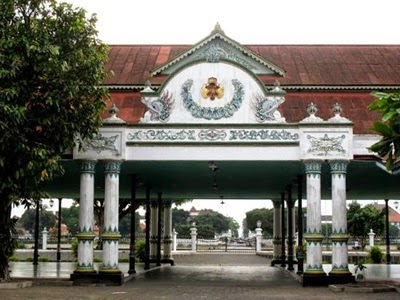Alas Purwo National Park before being passed into a national park, previously existed as Wildlife Banyuwangi. Based on the Decree of the Governor Dutch East Indies General No. 6 Stbl 456 dated September 1, 1939, with a total area of 62,000 hectares. Then, converted into Alas Purwo National Park with an area of 43,420 hectares by the Decree of the Minister of Forestry in 1992. Alas Purwo National Park mandated by Law No. 5 of 1990 on Conservation of Biological Resources and Ecosystems, has three main functions, namely:
- The support protection system of the ecological life.
- Preservation of diverse plants and animals and their ecosystems.
- The utilization of natural resources and ecosystems in the form of research, science, education, cultivation support, and nature tourism.
Alas Purwo National Park is a forest containing a wide variety of types and relatively intact ecosystems on the island of Java. Ecosystems range from forests owned beaches to lowland rain forests, mangrove forests, bamboo forests, plantation forests, and savannas. The variety of ground flora species in the National Park Alas Purwo is high. There are more than 700 species of plants, ranging from plant level down to plant tree levels of various types of vegetation. Distinctive and endemic plants in the Park are kecik sapodilla (Manilkara kauki). In addition, a common plant is ketapan (Terminalia catapa), nyamplung (Calophyllum inophyllum), bitterness (Barringtonia Asiatica), bulging (Sterculia Foetida), and 10 species of bamboo.



